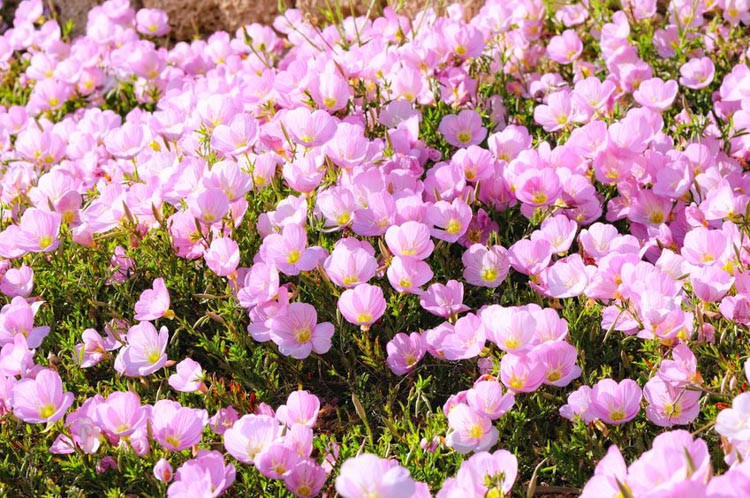Oenothera
Oenothera, commonly known as Evening Primrose, is a genus of about 145 species of herbaceous flowering plants native to the Americas. The genus spans from subarctic regions to the tropics, demonstrating its impressive adaptability.
Size: The growth habit of Oenothera varies greatly among species, but most are erect biennials or perennials, ranging in size from 1 to 8 feet tall. Some species form rosettes, while others display a bushy habit.
Flowers: The most striking feature of Oenothera is its cup-shaped, typically yellow flowers, though some species produce white, pink, or purple blooms. The common name, Evening Primrose, comes from the flower’s tendency to bloom in the evening and close in the morning. The main blooming season is summer, but some varieties bloom from late spring through fall.
Hardiness: Oenothera is generally hardy in USDA zones 4-9. It is an easy-to-grow plant that prefers full sun and well-drained soil.
Pollinators: The flowers are a magnet for pollinators, especially moths and butterflies active in the evening.
Deer: Oenothera is seldom bothered by deer, perhaps due to its slightly rough foliage.
Drought: Oenothera species are notably drought-tolerant, making them a great choice for xeriscaping or areas with dry soil.
Uses: Uses for Oenothera include borders, rock gardens, wildflower meadows, and naturalized areas. Its low maintenance and high resistance to pests and diseases are key attributes. The plant is also recognized for its medicinal properties; Oenothera biennis (common evening primrose) oil is known for its high gamma-linolenic acid content, which is beneficial for skin health and hormonal balance.
The unique blooming habit and the plant’s resilience make it stand out in the garden, especially in twilight when the flowers shine brightest.

